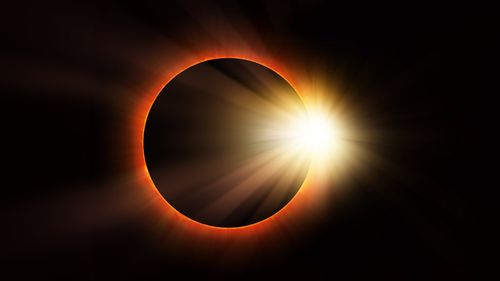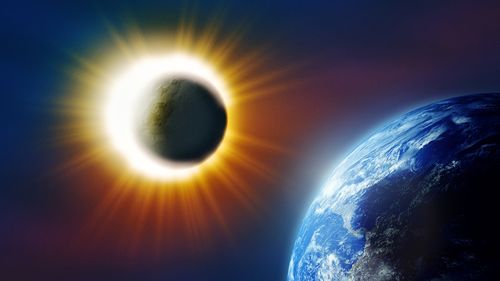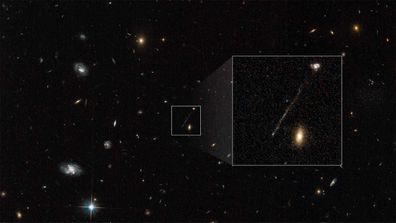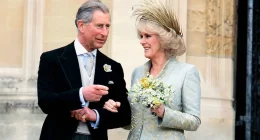All other states across the country will experience a partial eclipse at 1:29pm (AEST), with the next full solar eclipse for Australia’s eastern states coming up in 2028.

How to watch the solar eclipse
Looking directly into the sun, even during a solar eclipse, is dangerous and can lead to permanent eye damage, according to Experts from The Royal Australian and New Zealand College of Ophthalmologists.
The Astronomical Society of Australia suggests watching the eclipse and partial eclipse in two safe ways:
- Using special-purpose ‘eclipse glasses’ or hand-held solar viewers with solar filters that meet the international standard
- Using pinhole projection through a large card with a two-millimetre hole in the centre to project an image of the Sun onto another surface held about a metre away.
You can purchase solar-safe glasses online. They must meet the international ISO 12312 2 standard requirements to be considered safe.
A solar eclipse happens when the moon’s orbit passes between the sun and the earth at the same time, creating a shadow on the Earth that partially or fully blocks the sun’s face.
Read Related Also: Everton ‘put up for sale’ by owner after sacking Frank Lampard
“Solar eclipses are spectacular,” The President of the Astronomical Society of Australia John Lattanzio said.
“Australia really is the lucky country with five total eclipses visible in various parts of the country over the next 15 years.”

Total solar eclipses are a very rare occurrence, usually only gracing one location every couple hundred years.
“Our last total solar eclipse was in November 2012, with Cairns right in the path of totality,” says amateur astronomer and eclipse chaser Terry Cuttle.
The last total solar eclipse Australia saw was on November 13 2012.

NASA warns of an ‘invisible monster on the loose’







